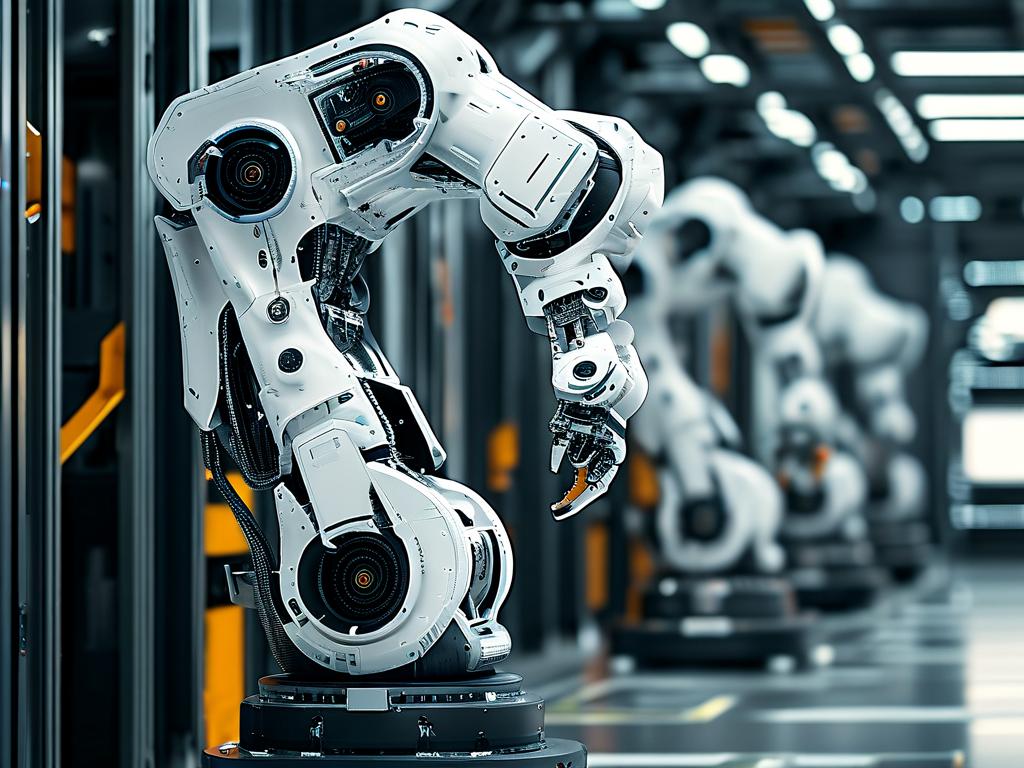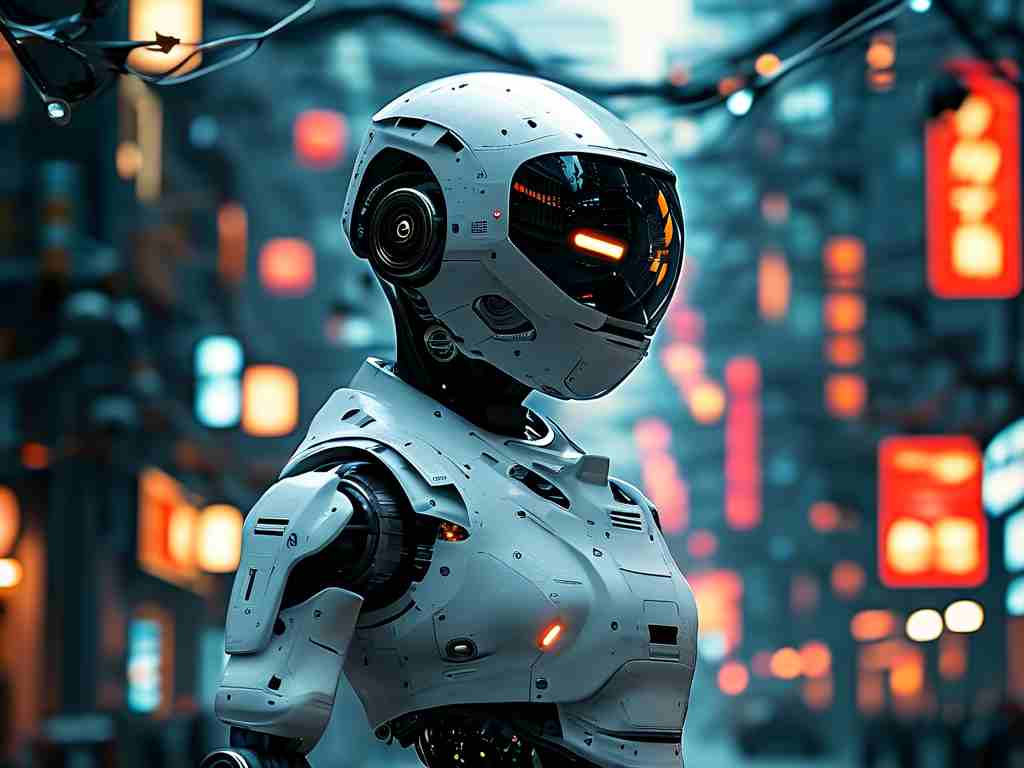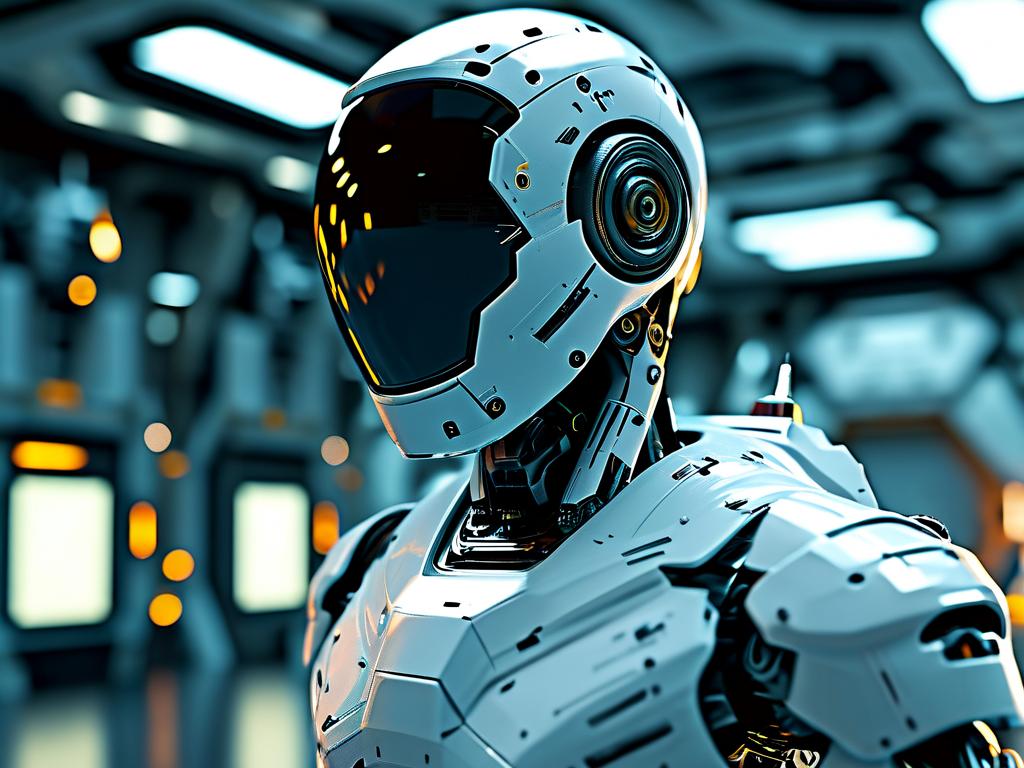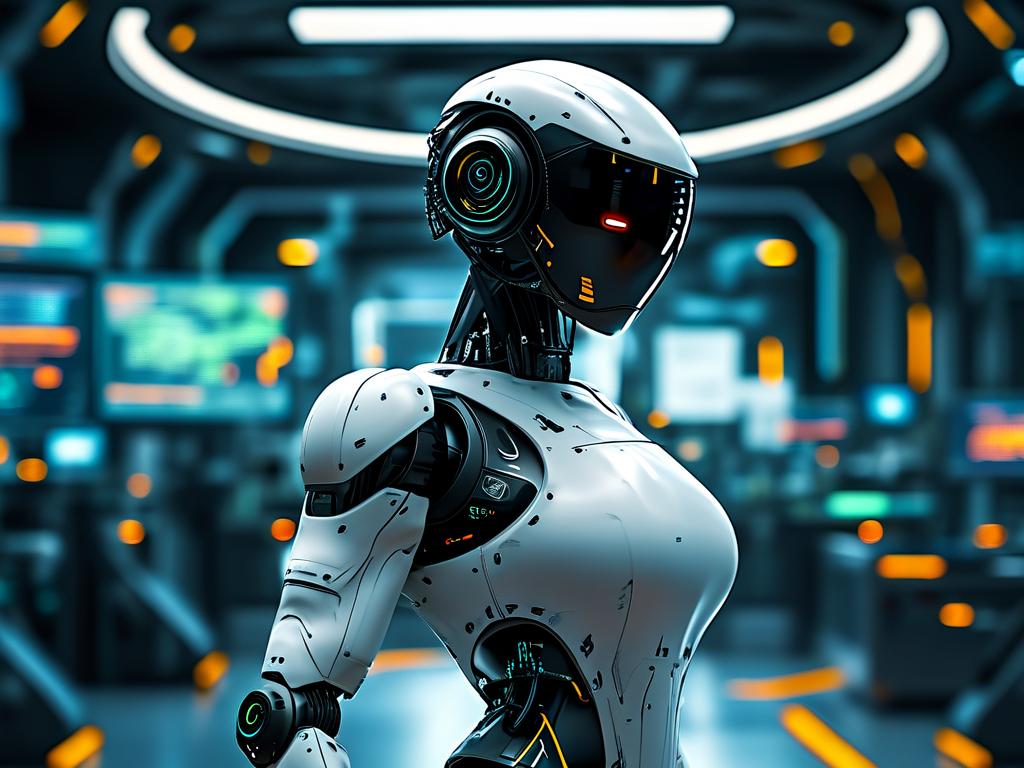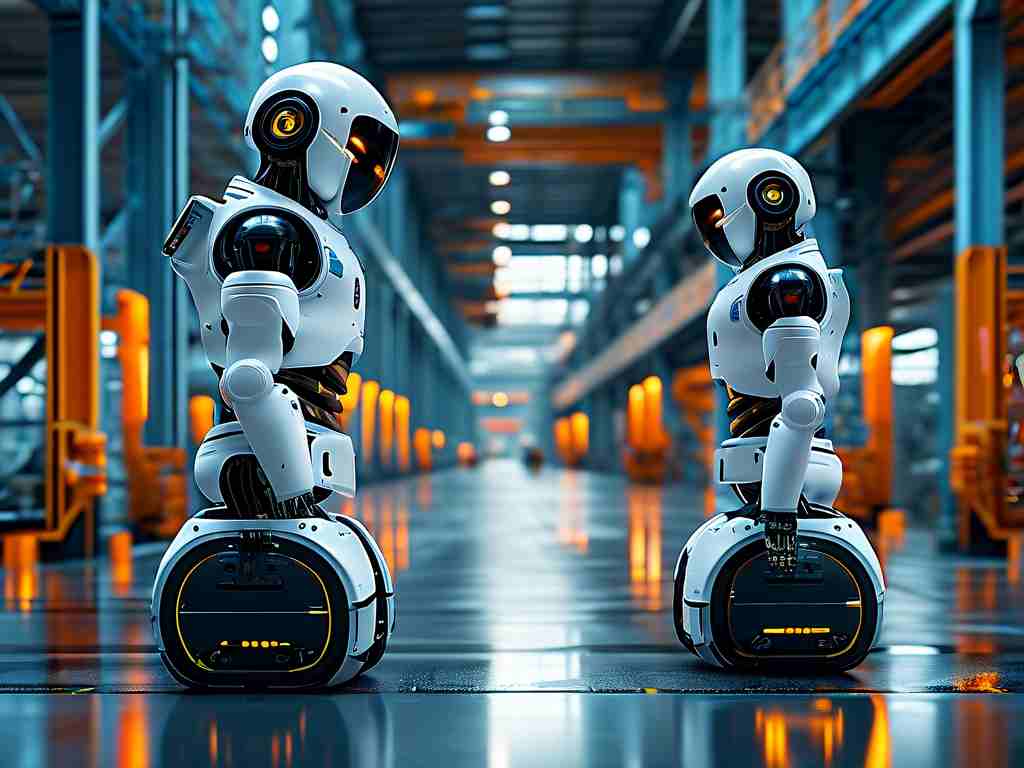Robot lock head technology represents a cutting-edge advancement in modern automation, focusing on mechanisms that secure robotic appendages to prevent unintended movements during operations. This innovation stems from decades of research in industrial safety, evolving from basic mechanical stops to sophisticated electronic systems that enhance human-robot collaboration. At its core, this technology employs sensors and actuators integrated into a robot's head or critical joints, which detect anomalies like excessive force or proximity to humans. Upon identifying risks, the system instantly locks the head in place, halting motion to avoid accidents. For instance, in automotive assembly lines, robots equipped with this feature can pause seamlessly if a worker enters their workspace, reducing injury rates by over 50% according to industry reports. Beyond manufacturing, applications span healthcare—where surgical robots use it to stabilize tools during delicate procedures—and service sectors like hospitality, ensuring safe interactions with guests.

The underlying mechanics involve a blend of hardware and software components. Hardware-wise, electromagnetic brakes or hydraulic locks engage within milliseconds, triggered by inputs from vision sensors or pressure detectors. Software algorithms, often coded in Python or C++, analyze real-time data to predict hazards. A simple code snippet illustrates this: if sensor_value > threshold: activate_lock()—this basic logic underpins complex decision-making. Such systems learn from historical incidents, improving accuracy through machine learning models that adapt to dynamic environments. Key benefits include heightened operational safety, as evidenced by fewer workplace mishaps, and boosted efficiency, since robots resume tasks faster after locks disengage. Additionally, energy savings accrue from minimized downtime, with studies showing up to 20% lower power consumption in smart factories.
Recent innovations push boundaries, incorporating AI for predictive locking—where robots anticipate risks before they occur—and IoT connectivity for remote monitoring. However, challenges persist, such as high implementation costs and the need for regular calibration to avoid false triggers. Solutions involve modular designs that scale affordably and user-friendly interfaces for easier maintenance. Looking ahead, experts predict wider adoption in emerging fields like autonomous vehicles and disaster response, driven by regulatory pushes for safer tech. In , robot lock head technology is revolutionizing automation by prioritizing human welfare, promising a future where machines work harmoniously alongside people without compromise.


